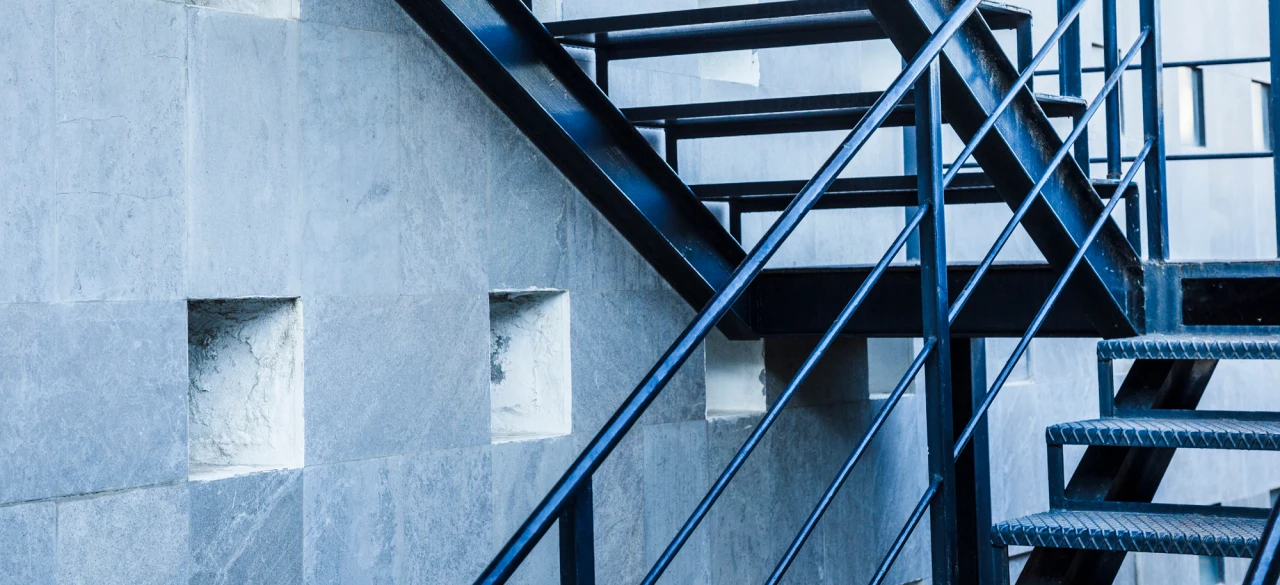

- Knowledge Base
- Blog
- The vital importance of fire escape tests & inspections
The vital importance of fire escape tests & inspections
Regular fire escape tests and inspections help identify potential hazards and deficiencies in emergency evacuation routes.
By thoroughly examining fire escapes, stairwells, and other means of egress, building managers and safety officials can identify areas that may impede swift evacuation during a fire emergency. Whether it's blocked exits, malfunctioning doors, or inadequate lighting, these assessments highlight critical issues that need immediate attention to enhance the overall safety of the building.
Why are fire escape inspections important?
Fire escapes are secondary means of escape from a building in the event of a fire, and they are used when people need to escape from a burning building even if the primary routes (such as the main stairs) are blocked or unusable.
Fire escape test and inspections are crucial for:
Identifying potential hazards: Test and inspections can uncover issues like rust, corrosion, loose bolts, and debris build-up that could hinder the escape route’s functionality.
Ensuring proper operation: Inspectors can verify if doors open and close smoothly, ladders are secure, and platforms are structurally sound.
Meeting legal requirements: The FSO places a legal responsibility on building owners, known as the “responsible person,” to ensure fire safety measures are in place. Regular fire escape inspections demonstrate compliance with these regulations.
Legal requirements
The Regulatory Reform (Fire Safety) Order 2005 (FSO) is a vital piece of legislation in the UK that outlines fire safety measures for various types of buildings.
It highlights that duty holders require to:
Undertake fire risk assessments: These assessments identify potential fire hazards in the building, including the condition of fire escapes.
Implement measures to reduce fire risk: Based on the risk assessment, the responsible person must take steps to minimize fire risks, which could involve scheduling regular fire escape inspections.
Ensure the means of escape (including fire escapes) are maintained in good working order: This implies regular inspections and addressing any identified issues promptly.

How frequently should fire escapes be tested & inspected?
Fire escapes should be tested and inspected annually under PUWER, but it is also recommended that they be assessed in greater detail every five years by a structural engineer.
According to Section 17.1.4 of the British Standard Guide to Building Maintenance Management (BS 8210:2020), a structural survey of an external fire escape stairways should be conducted every five years.
This is reinforced by the Regulatory Reform (Fire Safety) Order 2005 (RRFSO), which requires responsible persons to take reasonable steps to keep fire safety equipment in good working order.
Conclusion
Fire escape tests and inspections are not merely routine procedures; they are essential safeguards that ensure the safety and well-being of everyone within a building. By prioritising these assessments and addressing any issues identified, building owners and safety officials can create environments that are better equipped to handle fire emergencies, ultimately saving lives and preserving property.














